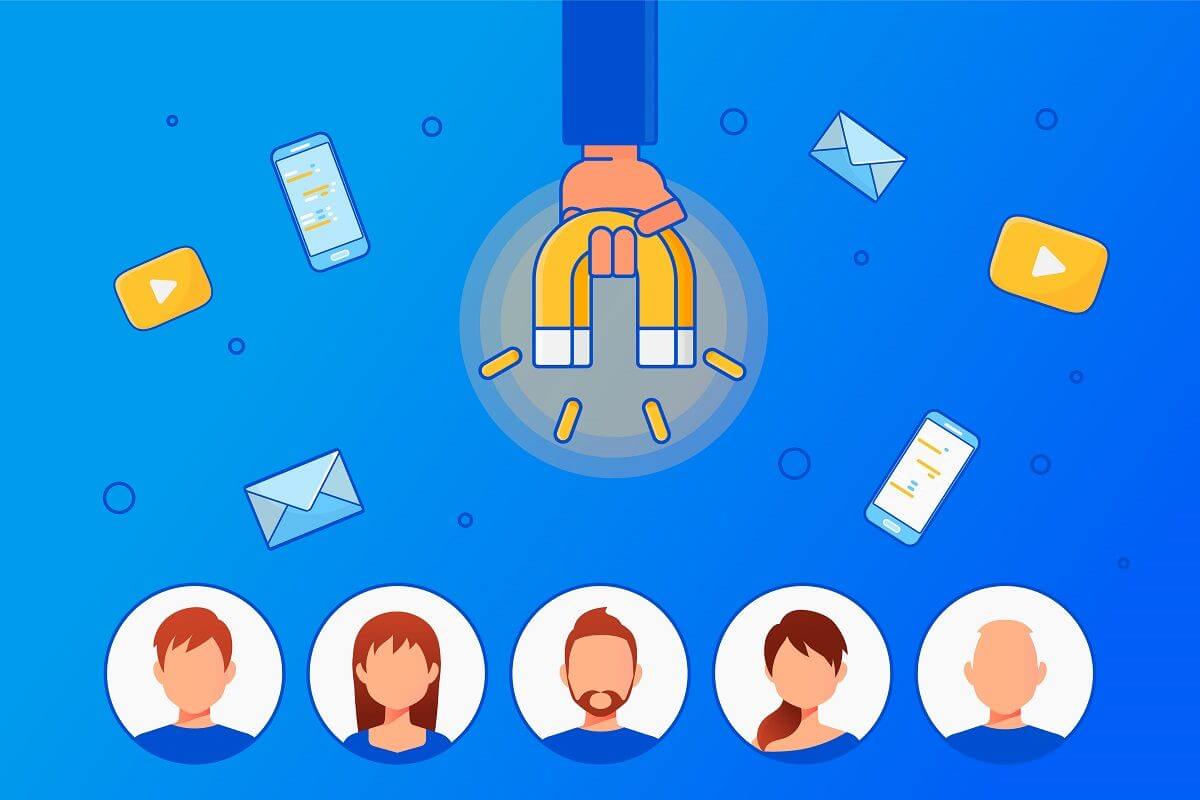Inbound Marketing – What Is It and What Is It For?

Is it possible to attract customers to a website or blog in a natural, organic, and non-invasive way? Can you create an independent channel to capture users interested in your products or services?
The answer to these questions is a resounding YES, and the solution is a technique or a set of online marketing methodologies known as Inbound Marketing.
The Origin of Inbound Marketing
Inbound Marketing was created ten years ago by Brian Halligan, co-founder and CEO of the prestigious American online marketing company Hubspot.
However, it was not until 2009 that this concept became famous and popular. Inbound Marketing has spread throughout the Internet in recent years, and many professionals and companies from all sectors and sizes have used it.
Inbound Marketing is an excellent way to attract customers naturally, with arguments, and without disturbing the user.
What is Inbound Marketing?
It is a marketing technique based on attracting potential clients to be the ones who take the initiative to buy or hire the products or services offered.
And this “attraction” is achieved by social networks, SEO, and so-called content marketing, generating relevant and valuable content for those potential customers.
In short, Inbound Marketing is based on a system that is just the opposite of usual marketing (also called outbound marketing). That is why it is expected that traditional advertising is taken as annoying and intrusive today (and especially on the Internet).
How does Inbound Marketing work?
A good strategy based on attracting customers encompasses the entire process from the first contact with the potential customer until they purchase something. In this case, you are trying to retain that same customer.
A good strategy based on attracting customers encompasses the entire process from the first contact with the potential customer until they purchase something. In this case, you are trying to retain that same customer.
Step 1: Attract The Customer
It is about attracting potential customers naturally by generating content that may be interesting or useful (through a blog, a YouTube channel, a podcast, etc.) In this phase, social networks and SEO come into play. The point is to make our “target customer” able to find us easily.
Step 2: Convert
This is how you attract people to subscribe to your newsletter, etc.
To achieve this conversion, the content you use to attract must be attractive. Also, more relevant content usually converts better, and you can call this engaging content a lead magnet.
Step 3: Sales Closing
This is the phase where the sale is executed. A series of techniques, such as lead nurturing and scoring, is essential to get the potential client to become a paying client.
Lead Nurturing means you drip-feed relevant information and offers based on their behavior or response. Lead scoring is the system with which the potential customer is “scored” as we “nurture” content, and we know their interests so that the offer is appropriate to their specific case.
The key to this phase is that the whole process is automated or semi-automated with tools. In this way, sales happen less aggressively and more naturally.